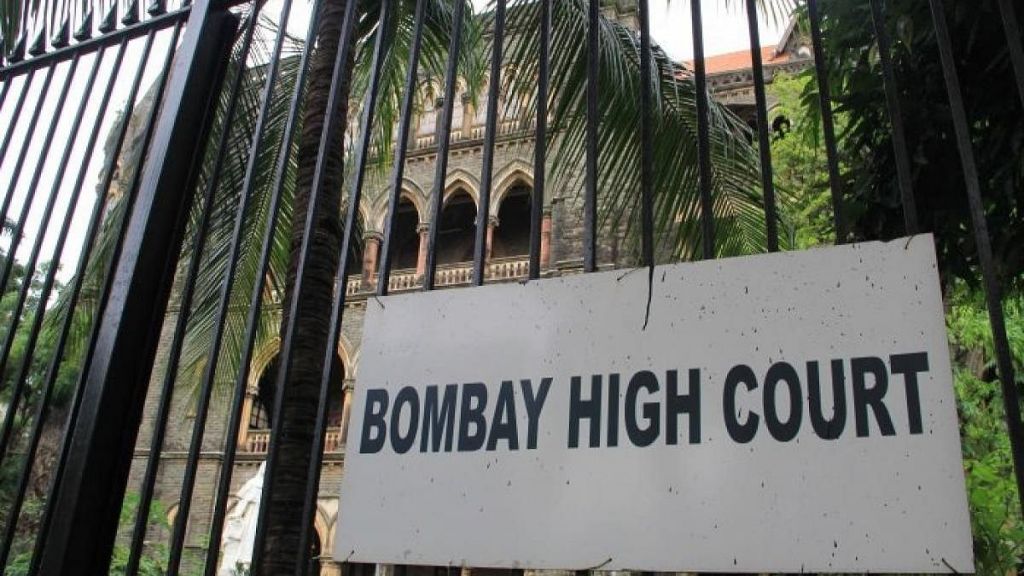
Mumbai: The Bombay High Court has upheld the Maharashtra government’s decision to exclude providing benefits of slum rehabilitation to occupants / tenants of vertical slums. The government had taken a policy decision to exclude mezzanine floors, lofts, and first-floor structures within slums from rehabilitation benefits.
The court dismissed a public interest litigation (PIL) filed by former BJP MP Gopal Shetty, who sought to extend rehabilitation benefits to such structures under the Slum Rehabilitation Scheme.
Shetty had challenged Section 3B(5)(f) of the Maharashtra Slum Areas (Improvement, Clearance and Redevelopment) (Amendment) Act, 2017, arguing that it violated the fundamental rights of slum dwellers under Articles 14 (equality before law) and 21 (right to live) of the Constitution of India. He contended that independent first-floor tenements and similar structures should be included under the scheme, as they were occupied before the cut-off date of January 1, 2011.
The Maharashtra government defended its stance, stating that the policy decision was made to prevent unchecked vertical expansion of slums. Advocate General Birendra Saraf submitted that the HC, in 2018, had upheld the government’s policy of excluding first-floor structures from rehabilitation benefits. He emphasised that the Slum Rehabilitation Act was designed to control slum proliferation and provide structured redevelopment rather than encourage vertical encroachments.
“The state has taken a policy decision that first floors will not be considered for rehabilitation, as people keep vertically constructing,” Saraf had said during the hearing.
A bench of Chief Justice Alok Aradhe and Justice Bharati Dangre, on January 31, ruled that Shetty’s petition lacked merit and that there was no basis to declare the provision arbitrary or unconstitutional. The bench noted that the Slum Rehabilitation Scheme, formulated under Section 3B(5)(f), had not been directly challenged in the petition. Additionally, it observed that under the scheme, protected slum dwellers receive free housing, while non-protected occupants may be accommodated if possible, but only at a cost.
Shetty, who has been advocating for the inclusion of first-floor slum structures since 2004, argued that the classification was unreasonable. However, the court maintained that the state’s decision was a policy matter and not subject to judicial interference unless proven to be unconstitutional.
The Slum Act, originally enacted to improve living conditions and prevent forced evictions, has undergone multiple amendments. The government introduced a photo-pass system to identify protected slum dwellers, with an initial cut-off date of January 1, 1995, later extended to November 1, 2011. The policy specifies that non-protected occupants — those who settled after the cut-off dates — may be rehabilitated only if housing stock is available and upon payment.